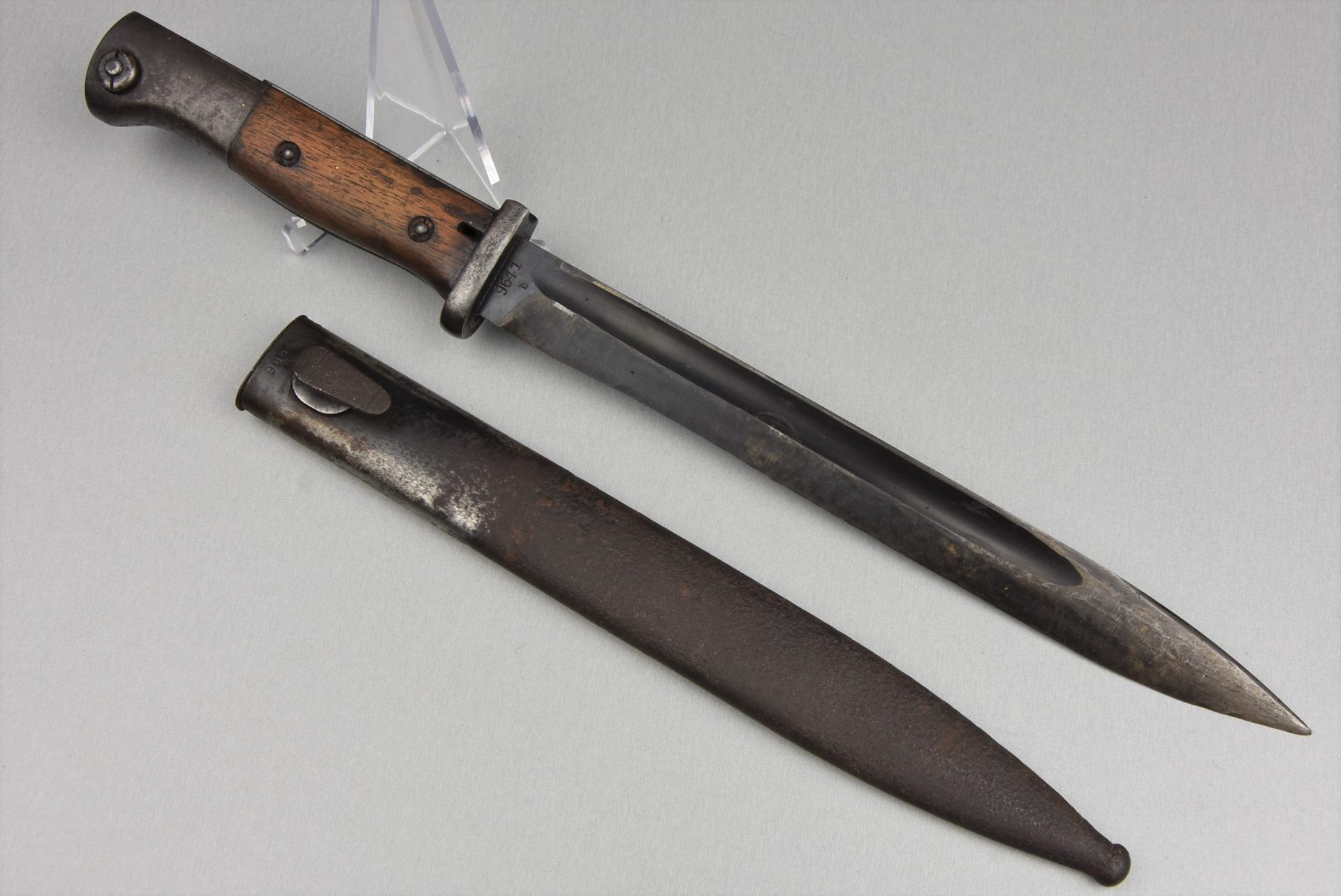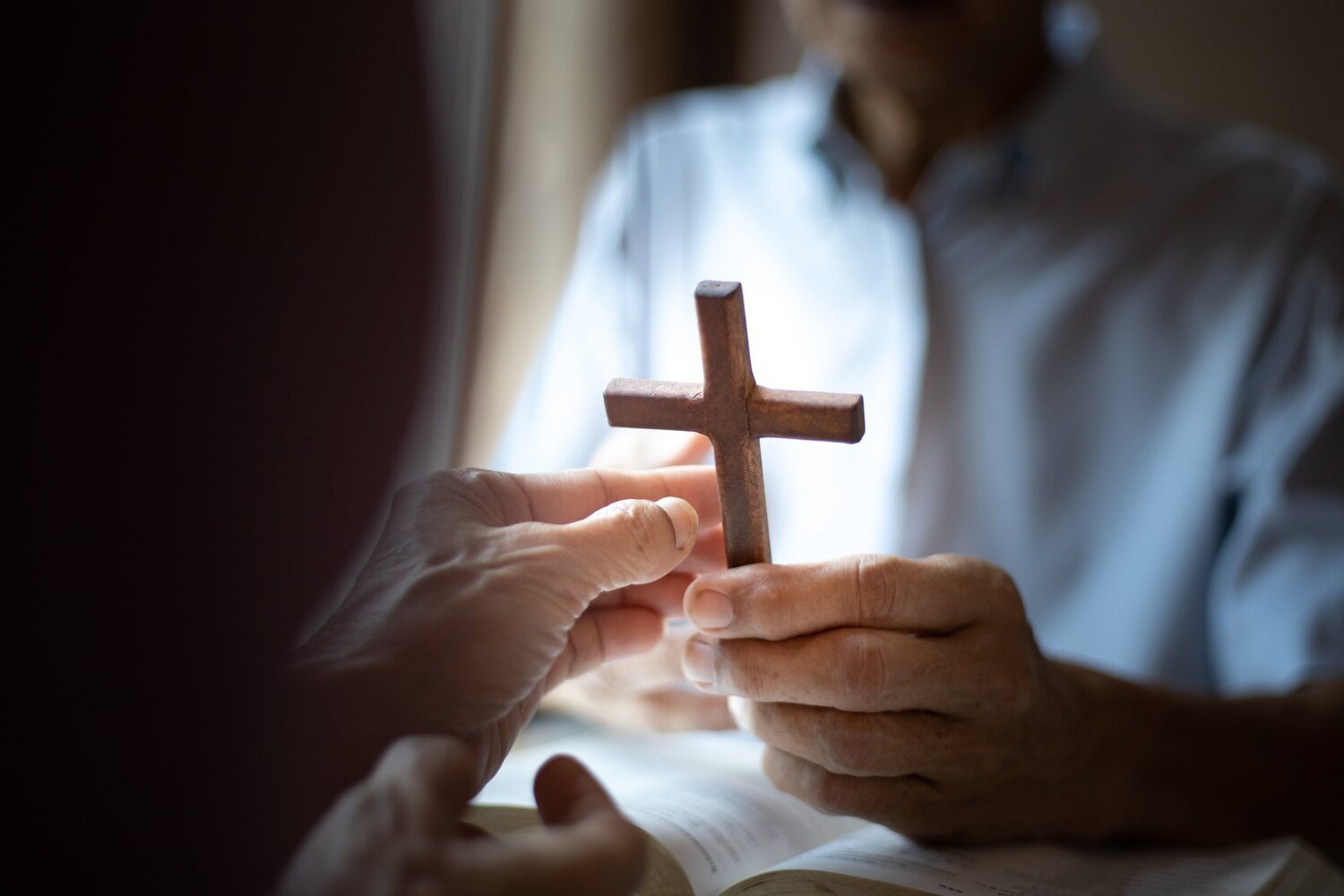
When it comes to close-quarters combat, a weapon that has stood the test of time is the bayonet. Combining the elements of a knife and a spear, the bayonet has been an integral part of military tactics for centuries. This versatile weapon, initially designed as an auxiliary tool for muskets, has evolved into a standalone weapon used by soldiers across the globe.
In this article, we will delve into 15 fascinating facts about the bayonet. From its origins on the battlefield to its various types and adaptations, we will explore the rich history and unique features of this iconic weapon. So, strap on your virtual body armor and join us as we embark on an enlightening journey into the world of the bayonet!
Key Takeaways:
- Bayonets have a rich history dating back to the 17th century, serving as versatile tools for combat, multipurpose tasks, and even symbolic significance in military ceremonies.
- The iconic M7 bayonet, varied designs, and psychological impact make bayonets a symbol of bravery and close-quarters combat, despite declining use with modern firearms.
The origin of the bayonet can be traced back to the 17th century.
The bayonet was first introduced in the late 17th century as a detachable blade that could be affixed to the muzzle of a musket, effectively turning it into a spear-like weapon. Its purpose was to provide soldiers with a close-quarters combat option.
The word “bayonet” is derived from the French town of Bayonne.
The name “bayonet” is believed to have originated from the French town of Bayonne, where these weapons were first produced in large quantities during the 17th century.
Bayonets were used extensively in both World Wars.
During World War I and World War II, bayonets were commonly issued to infantry soldiers. They served as a useful weapon for trench warfare and close-quarters combat.
Bayonets come in various shapes and sizes.
There are numerous variations of bayonets, ranging from the classic triangular blade of the British SMLE to the knife-like shape of the Russian AK-47 bayonet. Different countries and military forces have designed their own unique bayonet patterns.
The iconic M7 bayonet is commonly used by the United States Armed Forces.
The M7 bayonet is a popular model that has been used by the United States Armed Forces since the 1960s. It is compatible with several rifles, including the M16 and M4.
Bayonets were used during the American Civil War.
Bayonets played a significant role in the American Civil War, particularly during charges and close-quarters combat. The sight of a bayonet could often intimidate the enemy and lead to surrenders without bloodshed.
Bayonets can also serve as multipurpose tools.
Aside from their primary function as a weapon, bayonets can be used for various other tasks, such as cutting wire, opening cans, or even digging trenches. This versatility makes them valuable in combat situations.
Some bayonets feature a sawback edge.
A sawback bayonet has a series of saw teeth along the spine of the blade. This design allows soldiers to use the bayonet as a saw, making it useful for cutting through wood or other materials.
The length of a bayonet can vary.
Bayonets can have different blade lengths, ranging from around six inches to over two feet. The length of the bayonet can affect its balance, maneuverability, and effectiveness in combat.
Bayonets have become more specialized over time.
With advancements in warfare and changes in military tactics, bayonets have evolved to serve specific purposes. Some bayonets are designed for stabbing, while others focus on slashing or even silent killing.
The sound of fixing a bayonet can be psychologically impactful.
Just the sound of soldiers fixing bayonets to their rifles can have a significant psychological impact on both the enemy and friendly troops. It signals readiness for close combat and can boost morale or intimidate the opposition.
The bayonet has symbolic significance in military ceremonies.
Bayonets are often used symbolically during military ceremonies to represent the courage and sacrifice of soldiers. They may be fixed to rifles or used in the “charge bayonets” drill.
Some bayonets are designed for underwater use.
Specialized underwater bayonets have been developed for use by military divers. These bayonets are constructed to withstand the harsh conditions underwater and are primarily used as tools for cutting and prying objects in aquatic environments.
The use of bayonets declined with the development of modern firearms.
With the advancements in firearm technology, the use of bayonets as a primary weapon declined. However, they are still used as a backup weapon and can come in handy in certain combat situations.
The bayonet remains a symbol of the infantry.
The bayonet continues to be a symbol of the infantry and is associated with bravery, valor, and close-quarters combat. It serves as a reminder of the sacrifices made by soldiers throughout history.
Conclusion
Bayonets have played a significant role in warfare throughout history. From their origins as simple knife attachments to their evolution into versatile multi-purpose tools, they have proven to be invaluable assets on the battlefield. Whether used as a last resort in close combat or as a makeshift tool for various tasks, bayonets have served soldiers in countless conflicts.
These 15 facts about bayonets have shed light on their development, usage, and impact. From the early adoption by the French army to their incorporation into modern military tactics, bayonets have remained a symbol of strength and resilience.
As technology continues to advance and warfare evolves, the role of the bayonet may change, but its historical significance and place in military history will always be remembered.
FAQs
1. What is a bayonet?
A bayonet is a knife, dagger, or spike-shaped attachment that can be affixed to the muzzle of a firearm, turning it into a spear-like weapon.
2. When were bayonets first invented?
Bayonets were first invented in the late 17th century, with the French army being among the earliest adopters.
3. What is the purpose of a bayonet?
The main purpose of a bayonet is to provide soldiers with a close-quarters combat option when their firearms are ineffective or empty.
4. Are there different types of bayonets?
Yes, there are various types of bayonets, including plug bayonets, socket bayonets, and knife bayonets, each with its own design and method of attachment.
5. Do modern soldiers still use bayonets?
While the use of bayonets has diminished in modern warfare due to advances in firearms technology, some armies still include bayonets as part of their kit for close combat situations.
6. Can bayonets be used for purposes other than combat?
Yes, bayonets have been used as versatile tools for various purposes, such as digging, cooking, and even opening cans.
7. How long are typical bayonets?
The length of bayonets can vary depending on the design and purpose, but they usually range from 6 to 20 inches.
8. Are bayonets only used with rifles?
No, bayonets can be used with a variety of firearms, including muskets, rifles, and shotguns.
9. Are bayonets still used in ceremonial events?
Yes, bayonets are often used in ceremonial events, such as military parades, to showcase tradition and honor.
10. Can bayonets be detached from firearms?
Yes, most bayonets can be detached from firearms, allowing soldiers to use them independently as knives or tools.
11. Are there any famous bayonet charges in history?
Yes, famous bayonet charges include the Battle of Gettysburg during the American Civil War and the Charge of the Light Brigade during the Crimean War.
12. How effective are bayonets in combat?
Bayonets can be highly effective in close-quarters combat, as they provide soldiers with an immediate and deadly option when engaging enemies at short range.
13. Are there any laws or regulations regarding bayonets?
The possession and use of bayonets may be subject to local laws and regulations. It is important to check with relevant authorities to ensure compliance.
14. Can civilians purchase bayonets?
In many countries, civilians can legally purchase bayonets depending on local laws and regulations.
15. Are bayonets still produced today?
Yes, some military and civilian manufacturers continue to produce bayonets, albeit in smaller quantities compared to previous eras.
After learning about bayonets, you might be interested in exploring other tools and equipment. For those tackling tough cleaning jobs, our article on the best pressure washers offers valuable insights. If you're concerned about air quality and safety, check out our piece on top-rated respirator masks. Both articles provide helpful information to make informed decisions and find the right products for your needs.
Was this page helpful?
Our commitment to delivering trustworthy and engaging content is at the heart of what we do. Each fact on our site is contributed by real users like you, bringing a wealth of diverse insights and information. To ensure the highest standards of accuracy and reliability, our dedicated editors meticulously review each submission. This process guarantees that the facts we share are not only fascinating but also credible. Trust in our commitment to quality and authenticity as you explore and learn with us.


